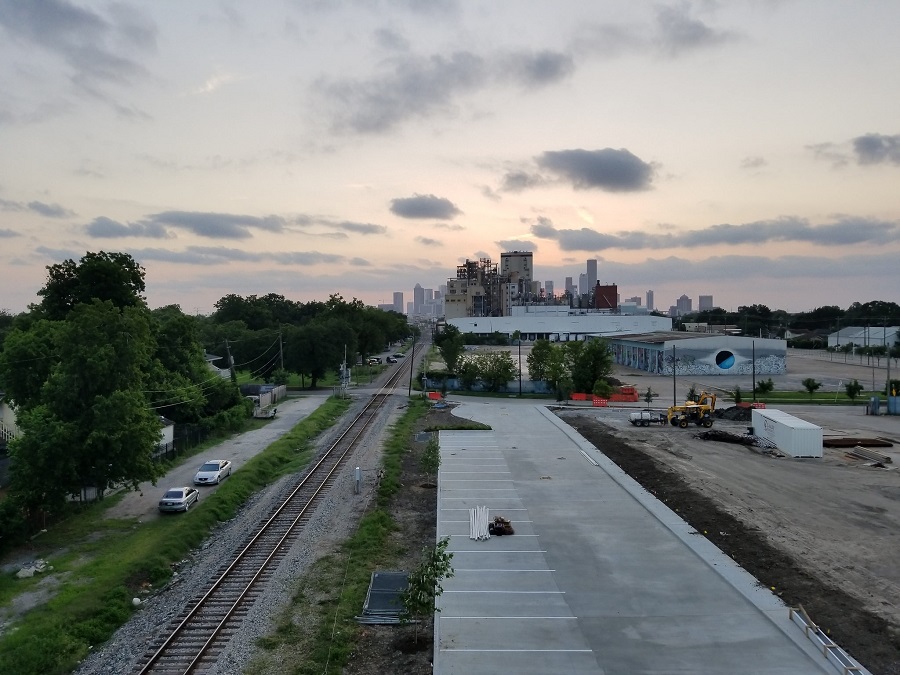
- Springwoods Village’s CityPlace I Office Building Breaks Ground [HBJ; previously on Swamplot]
- Inside the Newly-Completed Luxury High Rise The River Oaks [Houston Chronicle]
- Kiewit Engineering Group Subleasing 2 Floors of Energy Tower IV in the Energy Corridor [Realty News Report]
- The Praedium Group Acquires the Discovery at Mandolin Apartments in Northwest Houston [Realty News Report]
- UH’s Fertitta Center to Host First Game Dec. 1 After $60M Renovation [Houston Chronicle; previously on Swamplot]
- Aqua Park Altitude H20 Opening Houston-Area Location in Rosharon [Culturemap]
- Houston’s First Shell Shack To Debut Next Month on Wash Ave [Eater Houston]
- Bernie’s Burger Bus Opening Fourth Location in Missouri City [Culturemap]
- Sweet Paris Crêperie & Café Coming to Market Street in The Woodlands This Fall [Eater Houston]
- How Urban Planning Has Become a Self-Fulfilling Highway-Building Bureaucracy in Texas Cities [The Texas Tribune]
- Green Group Holdings Ends Years-Long Legal Efforts To Build Landfill in Waller County [Houston Chronicle]
Photo of the former Maxwell House factory: Marc Longoria via Swamplot Flickr Pool
Headlines





Re: Self-Fulfilling Highway-Building Bureaucracy in Texas Cities
Well written synopsis of the problem. Expect even more urban sprawl as our mindsets are stuck in the 1950’s and politicians are controlled by the developers.
Another way to look at the highway construction is that if they weren’t built, the jobs in the core would move out of downtown to the burbs. There is a reason the Energy Corridor exists. I-10 had lack of capacity for so many years that office jobs moved out to the suburbs to reduce commute times. Since the spoke freeways have been improved, downtown and generally inner loops jobs have increased.
In terms of both the office market and residential real estate, I view the relationship of the urban core to its suburbs as symbiotic. Each benefit from the other, but the urban core benefits far more. Stunt the suburbs and stunt everything.
.
Look at the charts in that article, look at Houston which is the clear winner in terms of the breadth and depth of growth proximate to its urban core, and try to reconcile that against transit availability, the planning environment, and so many other factors. You might expect Dallas to be more urban-focused but it isn’t; and Austin may have been able to accomplish some impressive feats a few blocks at a time and may be able to lay claim to tremendous (and utterly worthless) hype, but on the whole it’s a cluster**** that’s just totally overwhelmed by . By contrast, for a variety of reasons, decentralized infrastructure and policy in Houston has resulted in broad centralized demand across a wide swath of housing price points/